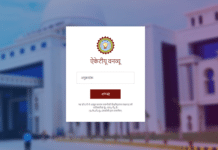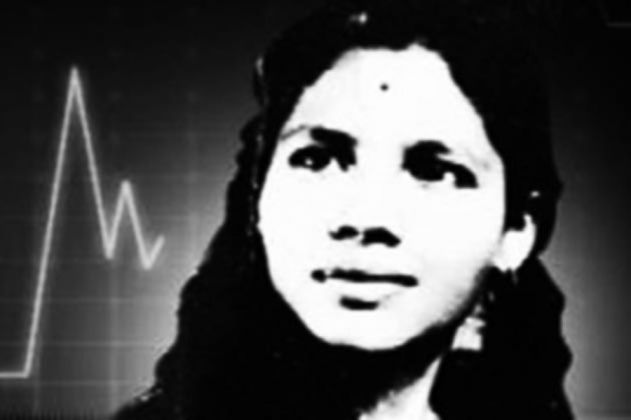Aruna Shanbaug’s case remains a landmark in India’s legal and ethical history, shaping the debate over euthanasia or mercy killing in India. She was brutally raped in 1973. A mercy killing petition was rejected by the Supreme Court in 2011, but the court allowed withholding treatment so that the patient would die. In 2015, Aruna Shanbaug passed away after being in a persistent vegetative state for 42 years.
Aruna Shanbaug was a nurse at the King Edward Memorial Hospital, of Haldipur, Karnataka, and was sexually assaulted by a ward boy, named Sohanlal Walmiki, of the same hospital, back in 1973.
Shanbaug was to marry a doctor from the same hospital, only her brutal rape left her in a permanent vegetative state. A vegetative state is a medical condition in which the patient goes through severe brain damage and their consciousness is altered. Aruna Shanbaug continued to be in a vegetative state for 42 years and died in 2015.
Her case became a symbol of the “right to die” movement and transformed legal and public opinion on euthanasia in India. Let’s dive into Aruna’s tragic story and how it shaped the discourse on mercy killing in the country.
In December 2010, a friend of Shanbaug and an activist-journalist Pinki Virani, who is also the author of a book on Shanbaug – “Aruna’s Story” – filed a mercy killing petition in the Supreme Court.
Four months down the lane, in March 2011, the Supreme Court rejected the petition. However, in a landmark judgment, the Supreme Court allowed passive Euthanasia for Shanbaug.
Euthanasia refers to the practice of intentionally ending a life to relieve pain or suffering. For example, taking a patient off the ventilator in case of an irreversible coma. This practice can be either active or passive.
Active euthanasia is when a lethal dose is administered by a medical practitioner to deliberately end the patient’s life and while India has no provision for active euthanasia, following the Aruna Shanbaug case, the Supreme Court has legalised passive euthanasia – that is the act of withholding the treatment which can then, after a point in time, end the patient’s life, in a more natural way.
The reason perhaps to allow passive euthanasia and not active euthanasia is that it is often argued that passive euthanasia is less evil than active euthanasia, as the law is letting the person die and not killing the person. Good consolation, eh?
The aim of euthanasia is to end the suffering and so with passive euthanasia, the doctors halt the treatment and the patient dies in slow agony. Ironical, isn’t it? Contrary to this, active euthanasia is clean, fast and almost involves no pain.
Religious authorities have often argued against active euthanasia and have held passive killing as a better alternative, supporting the idea of non-violence.
But isn’t stopping the treatment in a way inflicting more pain, and thus causing more harm to the victim? Religious philosophies state that God is the creator of life and thus He alone has the right to take it away, and that killing oneself or others is an unforgivable crime.
Interestingly, Hinduism accepts Prayopavesa i.e. fasting to death, as an acceptable way to end one’s life in certain circumstances. A similar practice is observed in Jainism called Santhara where the sufferer fasts till death, and is considered to have died with dignity and with no violence. However, killing oneself is an unforgivable crime so shouldn’t then such practices be categorised as criminal too?
The distinction of less evil vs. more evil, in my personal opinion, is completely baseless. Theories like “I didn’t kill him, I just let him die” seem to be senseless.
Should it be about death with dignity? Or should it be about the dignity of the courts and/ or the doctors?
Shouldn’t it be about ending the victim’s agony? Should it not be about relieving the patient’s pain, irrespective of how it is done?
Aruna Shanbaug continued to be in pain for 42 years. She couldn’t speak or communicate, but she was partially conscious.
Shouldn’t the Supreme Court, then, reconsider this ordeal the lady has faced for her lifetime? Wasn’t that heinous rape enough?
We don’t have any answers, do you?
As time passed, Aruna Shanbaug’s legacy continued to shape the ongoing debate on euthanasia. Her story serves as a poignant reminder of the complex intersections of law, ethics, and humanity in the realm of medical decision-making.






















